
Giorgio Armani. Courtesy Giorgio Armani
The designs of fashion superstar Giorgio Armani have become synonymous with the relaxed yet restrained and sophisticated style that has, over the nearly half century he has been in the business, transformed Italian tailoring. Harriet Quick talks to the legend about his global empire, which spans womenswear, menswear, interiors, hotels and more
Even with increased life expectancy and delayed retirement age, there is only a tiny percentage of us who, at the age of 85, will wake up every morning motivated by the prospect of a full days’ work. That Giorgio Armani is in charge of a multibillion-euro company, more than 7,000 employees and owns a personal property portfolio of nine houses (plus a 65m superyacht named after his mother’s nickname, Maín), a personal fortune estimated at 6 billion euros and a whip-sharp brain makes him that rarity.
Follow LUX on Instagram: luxthemagazine
Who does he see in the mirror each morning? “I see a man who, through sheer hard work, has achieved a lot, turning a vision of style into an all-encompassing business. This assumption might sound like an overstatement, but it is a matter of fact,” says Mr Armani (Mr is his preferred address), dressed in his ‘fashion-worker uniform’ of blue sweater, cotton trousers and white sneakers. “And yet, in spite of all my achievements, I still feel the fire. I am never content – I am always challenging myself. That’s how I keep young and aware, by always raising the bar a little higher,” he says.
In January 2020, Armani will have presented Giorgio Armani menswear during Milan fashion week, the Armani Privé collection during the Paris haute couture collections and overseen looks designed for celebrities attending the Golden Globes, the Oscars and the Baftas. He also picked up the GQ Italia Award in January in swift succession to the Outstanding Achievement Award that was presented to him by Julia Roberts and Cate Blanchett at the British Fashion Awards in December 2019. By way of acceptance, he simply gave a big thank you while Blanchett added, “Mr Armani is a man who prefers to let his clothes do the talking”.


Armani with his mother Maria in 1939 (top), and with his partner Sergio Galeotti. Both images courtesy of Giorgio Armani
The new decade marks forty-five years in the business during which the Armani brand has grown from a seedling collection of subtle, relaxed men’s suiting into a global powerhouse that encompasses 11 collections a year (including Privé and Emporio Armani) fine perfume and cosmetics, underwear, eyewear, denim, interiors, furnishings and hotels. Armani, who is the CEO and creative director, remains the sole shareholder making him, alongside the Wertheimer family that owns Chanel, Sir Paul Smith and Rei Kawakubo of Comme des Garçons, one of the last remaining fashion industry founder/owner titans. Ralph Lauren stepped down from his role as CEO in 2015.
“A vision like this takes a long time to be fully developed. The slow growth made it organic and all encompassing,” says Armani. “I had the first glimpses that style could turn into lifestyle back in the eighties, sensing that my philosophy could be applied to many different fields. Across the nineties, as the business grew, I started adding new elements, be it furniture, restaurants or hotels. My intention today is to offer a complete Armani lifestyle. New things can be added all the time. The vision has not changed over the years, it has grown, evolved and expanded,” he says as if observing the horizon line. But the roots were set firm and fast. In the first year of trading (1976) the turnover was $2 million. With Italian producer GFT and American know-how, Giorgio Armani and his right-hand Sergio Galeotti learnt how to manufacture and distribute at scale. In 1981, Emporio Armani was launched offering denims and sportswear at accessible prices and emblazoned with the graphic triumph that is the EA eagle.
Read more: How Hublot’s collaborations are changing the face of luxury
Armani’s lifestyle vision of pared-down elegance (in shades of aqua and greige) has proven as enduring as the bewitching romance of Pantelleria, the tiny island that lies off the coast of Sicily. The myth of Armani seems to predate the man himself, reaching back through the 20th century into some misty pre-industrial past and lurching forward into a tonally harmonised borderless utopia. In Armani’s universe, shapes, moods and memes may change, but not excessively so and one would be hard pushed to date one collection versus another. In this age of responsible luxury and sustainability, that interchangeability is now again being considered a virtue rather than a freakish anomaly. The brand, which Armani describes as a ‘physiological entity’, speaks of constancy, grace, strength and good health seemingly impervious (or very well sheltered from) the rude chaos of real life, just like the founder himself. The allure of Armani’s serene aesthetic harbour (in jackets and the best-selling Luminous Silk Foundation alike) seems to grow in inverse proportions to the spiking rates of anxiety and turbulence in the world.

Armani at the 2019 British Fashion Awards with, from left, Cate Blanchett, Julia Roberts, Tom Cruise and Roberta Armani. Photo by Stefano Guindani
Yet upheaval, tragedy and human destruction is part and parcel of the Armani story. Young Giorgio (one of three siblings) grew up in poverty-stricken postwar Italy, in the town of Piacenza, near Milan. Food, healthcare, building materials, fuel and clothing were in short supply. Bombing raids were imprinted on his childhood memories as were the visits to the local fascist HQ where his father worked as an office clerk. Armani distanced himself from the ideology and the relationship (his father died when he was 25) decades ago. “We had little, very little, so we treasured what we owned. My mother was wonderful in that sense: we were always impeccable, even if we did not have anything to show off. It was all about being clean, being proper. I’d call it dignity,” he reflects. The autumn/winter 2020 menswear collection, with its distressed-leather donkey jacket, soft shouldered tweed suits and shearling mountain coats and combat boots, had strong echoes of wartime civvy and military garb, albeit in luxury and technical materials.
“As industrialisation grew, we came into contact with new stuff. I remember my first incredibly stiff pair of blue jeans and I immediately felt like James Dean. As the economy boomed we all became eager for more. The social fabric disintegrated a bit and being modern became a must. That’s when I really understood the power of clothing – it’s the first projection of the self into society,” he continues. To note, Giorgio Armani SpA was one of the first brands to enter the Chinese market – he has an innate understanding of aspiration.
Read more: Van Cleef & Arpels CEO Nicolas Bos on the poetry of jewellery
Like Ralph Lauren, Armani received his fashion training on the shop floor at the swish Milanese department store, La Rinascente. “I was dressing windows and working as a buyer. I got to observe people, and that was an invaluable lesson. Milano at that time was a bursting, innovative city and people were constantly on the lookout for something new. I developed a passion for fabrics and shapes. Then I had the privilege of working as an apprentice with Nino Cerruti, where my career truly took off. I quickly started to develop strong, personal ideas. It was Cerruti himself – to whose foresight I owe a great deal – who asked me for new solutions to make the suit less rigid, more comfortable, less industrial and more tailored,” says Armani.
It’s hard to imagine in our century of casual how modern and desirable the deconstructed jacket and roomy fluid trousers on which Armani made his name would have appeared. But his work to soften the silhouette was as impactful as Coco Chanel’s cardigan jacket on women’s fashion. The silhouette was not only ‘comfortable’, it also projected a certain sense of cosmopolitan ease and adaptability, qualities that were in keeping with a flourishing economy (cars, furniture, fashion, fabric, lighting) and the birth of the ‘Made In Italy’ pedigree.
“By deconstructing the jacket, I allowed it to live on the body, using far from traditional fabrics. That principle is the one I used to build my own brand. Suiting at the time was very stiff. Women, in the meantime, were making progress in the work place and needed a new dress code: ‘ladylike’ was not suitable for the board meeting. I made the suit suitable for men on the lookout for something more natural and for career women. I sensed a need and offered a solution. The rest, as they say, is history,” says Armani, who is wont to gently shrug his shoulders.

A look from the Armani AW14 advertising campaign. Image by Solve Sundsbo
“I think Armani’s success is due to his fashion and the images that went with it,” says Gianluca Longo, style editor at British Vogue. “He personally art directed the advertising campaigns and created the Armani style. He hit the American and the Japanese markets in the booming 80s and the Armani suit became a symbol of success at work. For men, it was a relaxed style and for women, a structured jacket that was still elegant and feminine in the cut.”
Armani’s success is rooted in a close group of loyal collaborators that were particularly effective in navigating the closed-shop Italian fashion business. “Sergio Galeotti has been the pivotal figure for me. He was the one who pushed me to go on my own and who was also by my side to manage it all. When he passed away [in 1985] I had to take my destiny into my own hands. Finally, that was his biggest push. I would not be where I am now without Sergio. I owe a lot to many people I have met across the years, especially Leo Dell’Orco, but I am a truly self-made individual,” he says. He also cites his mother Maria as a mentor: “She taught us the importance of taking care of yourself as an ethical choice. The idea of achieving so much with so little left a lasting impression on me.” Even at 85, he exercises for 90 minutes daily.

The Amal restaurant at the Armani Hotel Dubai.
In his professional life, he cites John Fairchild (founder and editor of WWD) and Karl Lagerfeld as mentors. He admits he is not easy to get on with in terms of journalistic portrayal (he is succinct to the point of being terse) but does remember Jay Cocks’s 1982 Time profile. The cover bore the headline “Giorgio’s Gorgeous Style” and featured the leather-jacketed designer in his own incarnation of James Dean. This was also when Armani took on American retail (Barneys was one of the first stores) and then Hollywood. Leonardo DiCaprio (The Wolf of Wall Street), Kevin Costner (The Untouchables) and Richard Gere (American Gigolo) are among the early pin-ups in a line-up of celebrities looked after by a highly active VIP and Entertainment division overseen by his niece, Roberta Armani.
Read more: Discovering Deutsche Bank’s legendary art collection
In the leagues of big business, a beige Armani suit (in fluid crepe wool) became the uniform of choice for a generation of female leaders, president of Bergdorf Goodman, Dawn Mello, and first ladies included. Today’s soft-power designers, including The Row and Gabriela Hearst, share a surprising amount in common with Armani’s aesthetic. Where peer-group brands built billion-dollar businesses on accessories, Armani’s strength has always been clothing. The cohesive brand architecture works from top to bottom with a bespoke velvet tuxedo on Brad Pitt boosting everyday entry-level purchases of underwear and scent. For the best part of the 1980s, Gianni Versace, Giorgio Armani, Gianfranco Ferré and Valentino Garavani ruled the Italian fashion business before Gucci was resurrected and Miuccia Prada launched into ready-to-wear.
Working at Giorgio Armani SpA is not for slouches. Team Armani work with military precision, expertly choreographing Armani’s interactions with press and dignitaries while exuding brand values 24/7. The notion of a team is always emphasised over individual stars and the same is true of the catwalk presentations and campaigns. The models are rarely supermodels or names but appear as a lithe army, with naturalistic make-up, hair and gestures and clothes that blend in with the wearer. “The founding principles of my company are based upon autonomy and independence,” says Armani. “Jobs might be short lived today, but not in my case. My first employee, Irene, still works for the company.” The Armani Group’s reach has been impacted by a flood of street-credible brands, including Balenciaga, Off White, Burberry and Kim Jones at Dior. In 2016, revenues dropped by five per cent (estimated at 2.51 billion euros) and various strands of the business were given a sharp nip and tuck to refocus on core values.

Furniture in the Armani/Casa 2019–20 collection at the Salone del Mobile in Milan. Image by Fabrizio Nannini
As a private company, rumblings and frissons behind the scenes are hard to detect. The Armani world is elegantly orchestrated, from the polished-concrete Armani HQ in Milan designed by Tadao Ando to the flagships, many designed by architect Claudio Silvestrin, and the low-rise converted dammuso on the island of Pantelleria where Armani has a holiday home. “Clothing is about the space between cloth and body, architecture is about the space in which the body moves. I do not see many differences, and I think soulful simplicity always wins,” says Armani. And tactility. “The virtual is cold. We need to touch things, we need to make bonds.”
Read more: Inside Sassan Behnam-Bakhtiar’s Saint-Jean-Cap-Ferrat studio
“Mr Armani is a very loyal person, he relies on his close friends and has an acute sense of humour,” says Longo who last year was invited onto the superyacht, Maín. “That always helps. And he still loves to be involved in everything that he sees around him. From a button on a jacket, to the cutlery on a table.”
The spring/summer 2020 collection of misty fog and aqua cadet suits and cloud-like organza-topped shimmering gowns was dedicated to Earth, echoing this era’s concern over climate change. The company has been a supporter of Acqua for Life for more than ten years alongside other charities supported by the Giorgio Armani Foundation, set up in 2016. As fashion goes through epochal changes in purchasing behaviours and attitudes, the business will be remarkably different in ten years’ time.


Richard Gere in American Gigolo (1980), and Andy Garcia and Kevin Costner in The Untouchables (1987), for both of which Armani designed the costumes
“The outlook for the fashion business and the outlook for fashion are two separate issues,” Armani says. “Fashion, I feel, has a great future, as people are becoming more and more confident in making decisions about what to wear based on what suits them, and are also becoming better educated in matters of style. The fashion business, on the other hand, must adapt to this new situation, and the fact that consumers are able to access new ideas from their digital devices at any hour of the day, anywhere in the world. How to best respond to the new landscape hasn’t changed – make clothing and accessories that help people fulfil their potential and look their best and bring out their characters.” The focus should be on style, not trends, he argues. “And you should have your own vision and viewpoint as a designer. If you do these things, you will be successful. Consumer behaviour may change, but why people buy fashion in the first place will not.”
On the matter of succession plans, Mr Armani remains a closed book. The internal leaders are likely to be in place. “Freedom gives me pleasure. I experience it in my business, as I am still my own boss. I experience it in my boat, suspended between the sky and the sea.” One intuits that this sense of inner peace has been hard won yet the reaching for it is what drives the Giorgio Armani brand.
Discover the collections: armani.com
This article was originally published in the Summer 2020 Issue.






 Fashion designer Manolo Blahnik is something of a legend within the shoe industry. His career truly kicked off in 1969 after meeting US Vogue Editor in Chief, Diana Vreeland; after that, he devoted himself to designing shoes, opening the first Manolo Blahnik store in Chelsea, London, the next year. He speaks to Trudy Ross about his design philosophy, dressing for yourself and looking to the future
Fashion designer Manolo Blahnik is something of a legend within the shoe industry. His career truly kicked off in 1969 after meeting US Vogue Editor in Chief, Diana Vreeland; after that, he devoted himself to designing shoes, opening the first Manolo Blahnik store in Chelsea, London, the next year. He speaks to Trudy Ross about his design philosophy, dressing for yourself and looking to the future







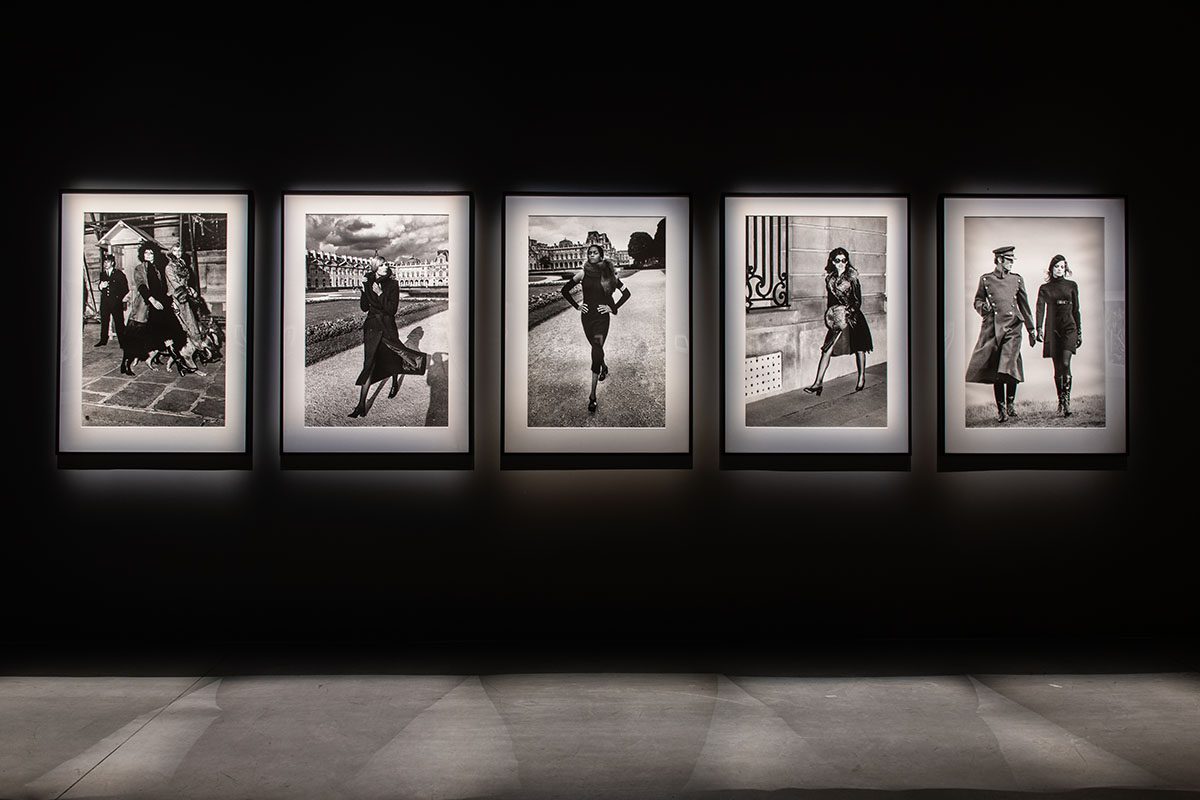


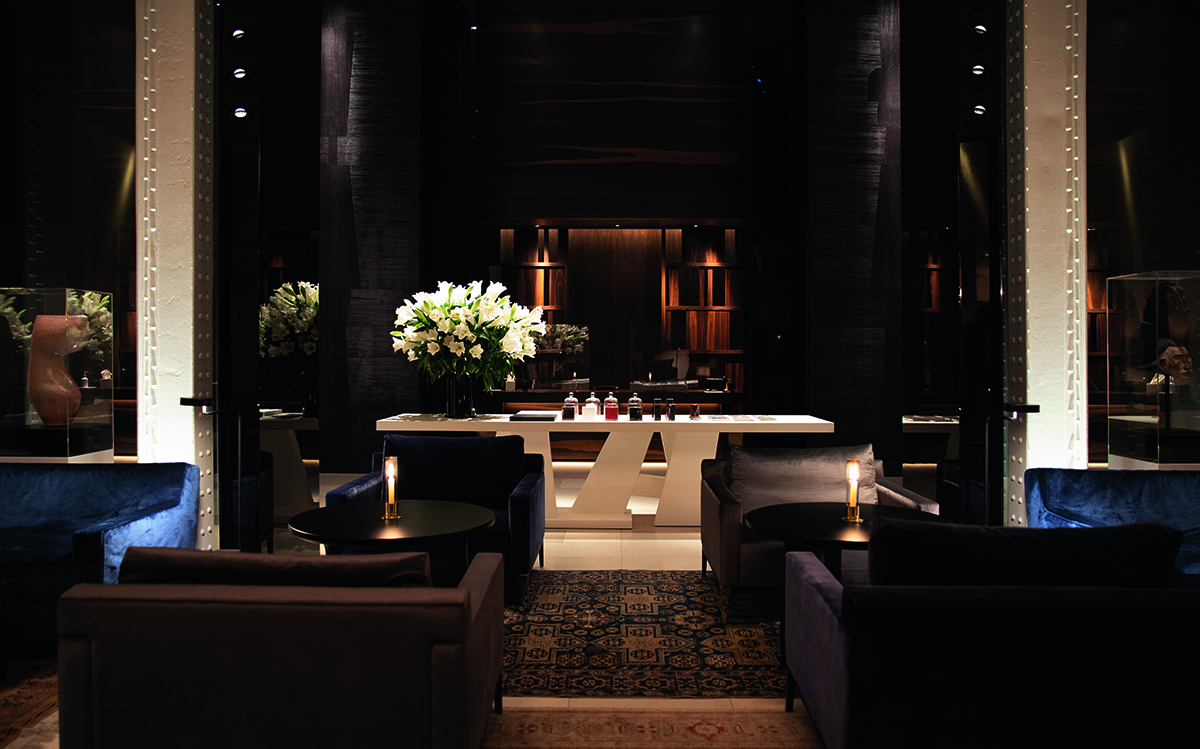


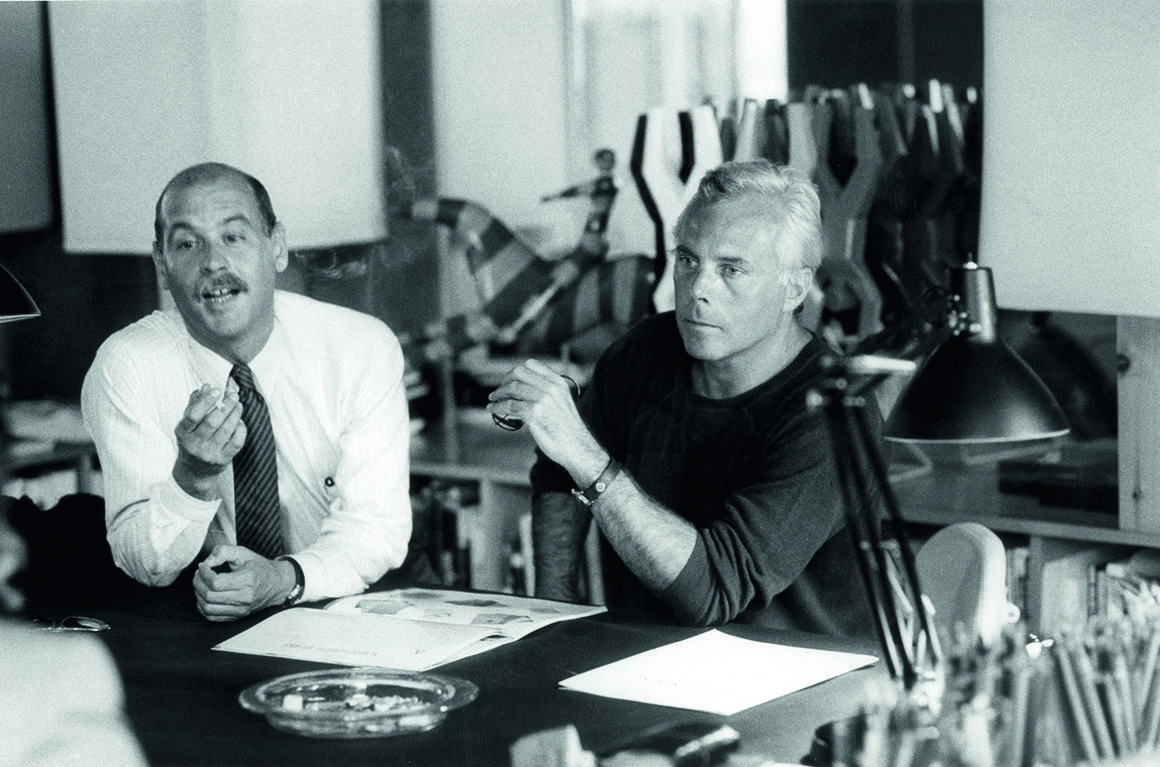










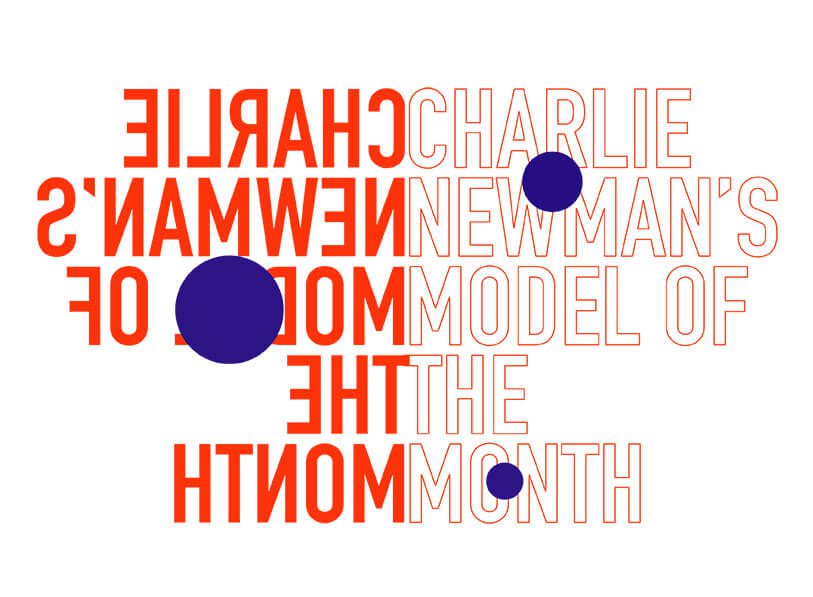








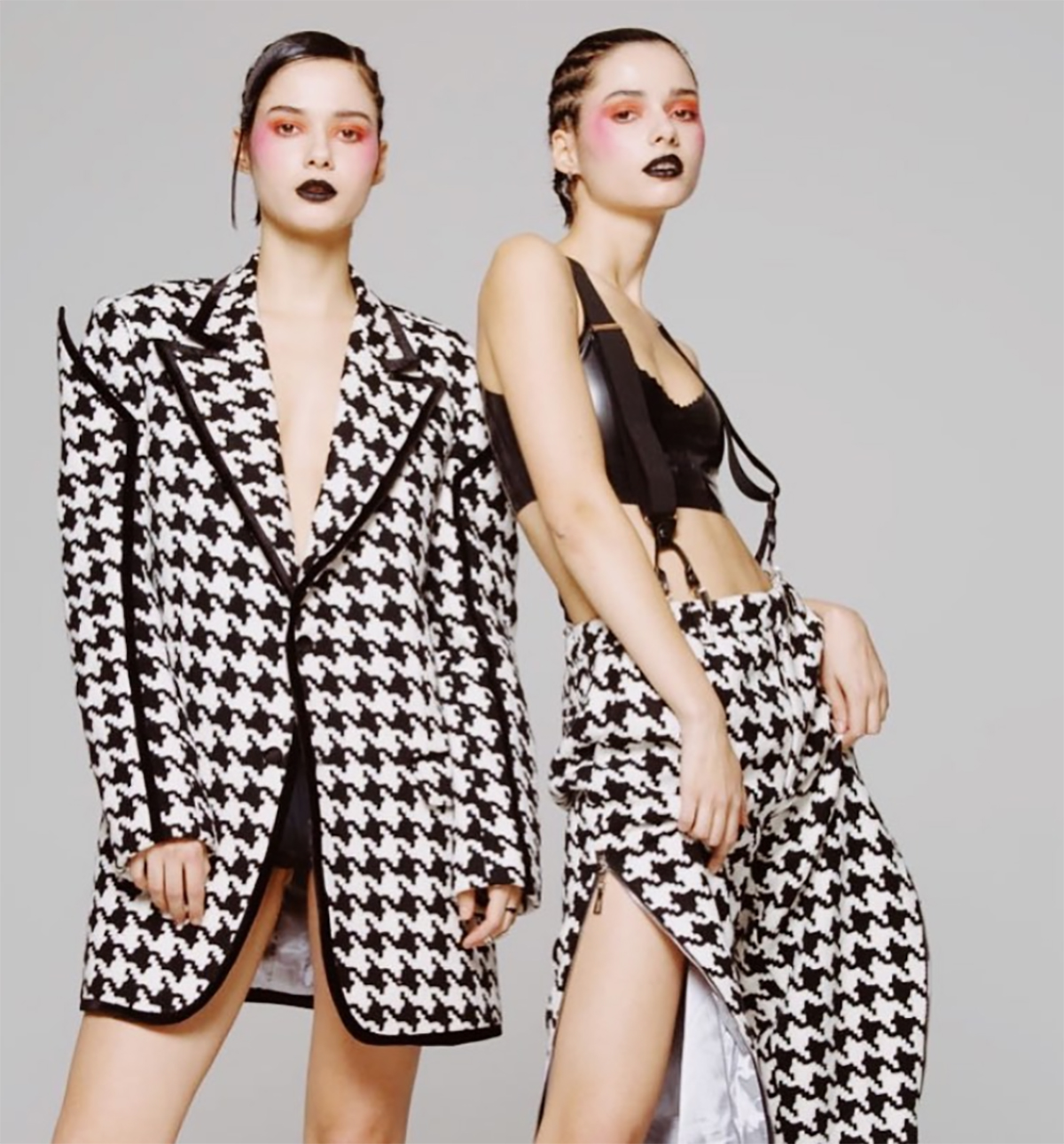

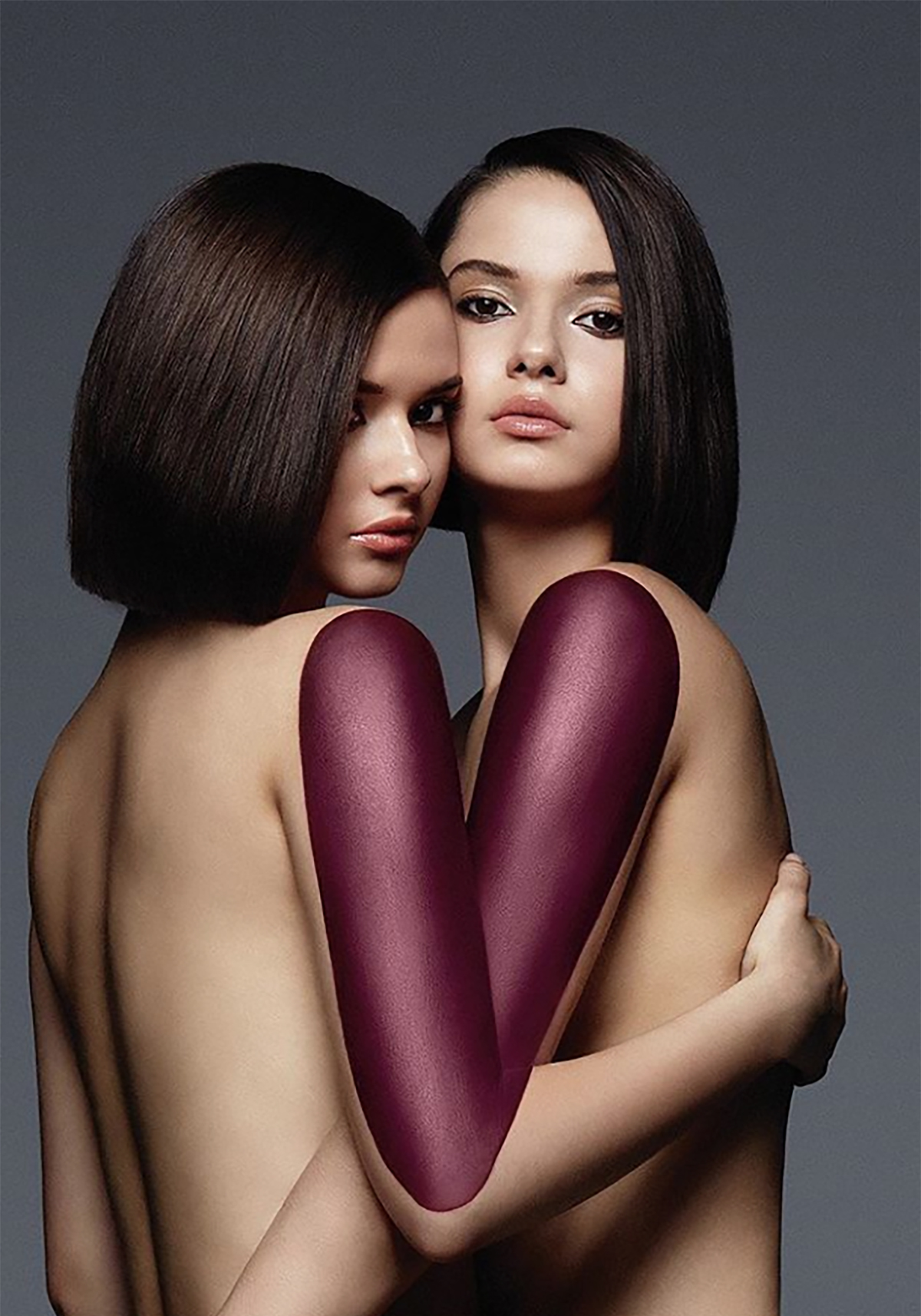
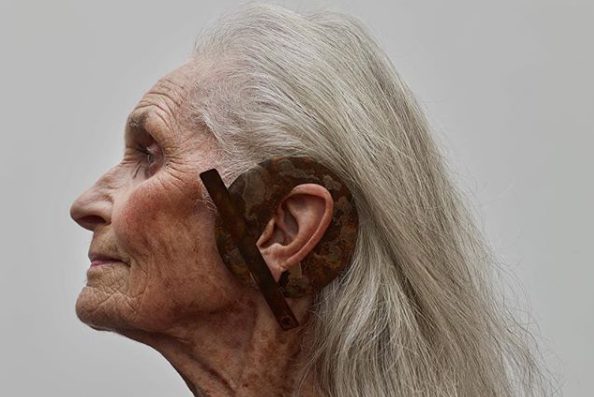










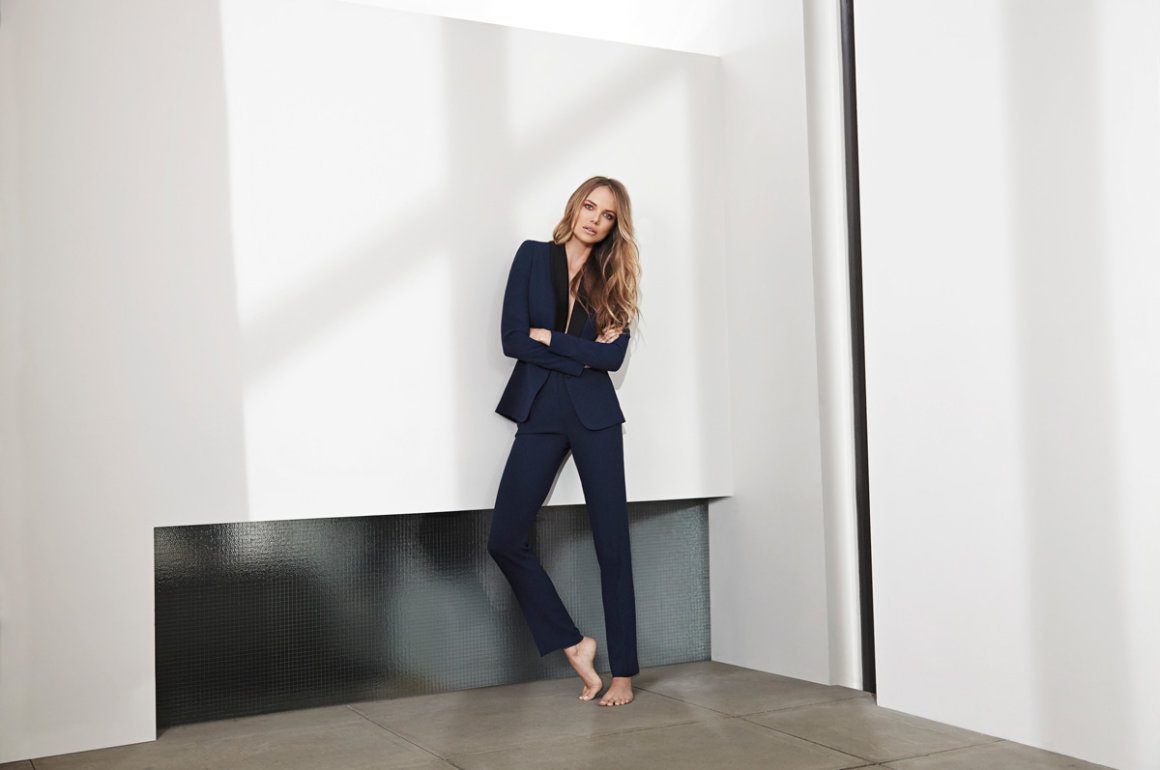



 wonderful memories from that shoot.
wonderful memories from that shoot. SL: What inspires you on a daily basis?
SL: What inspires you on a daily basis?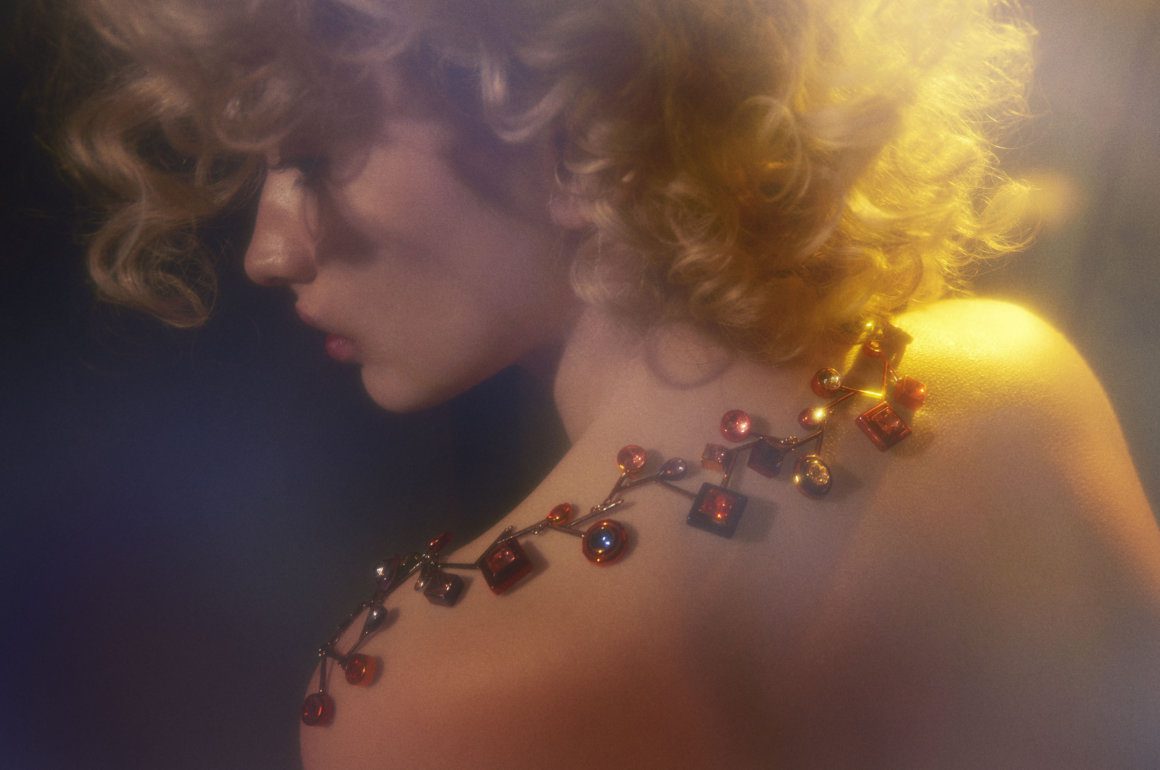


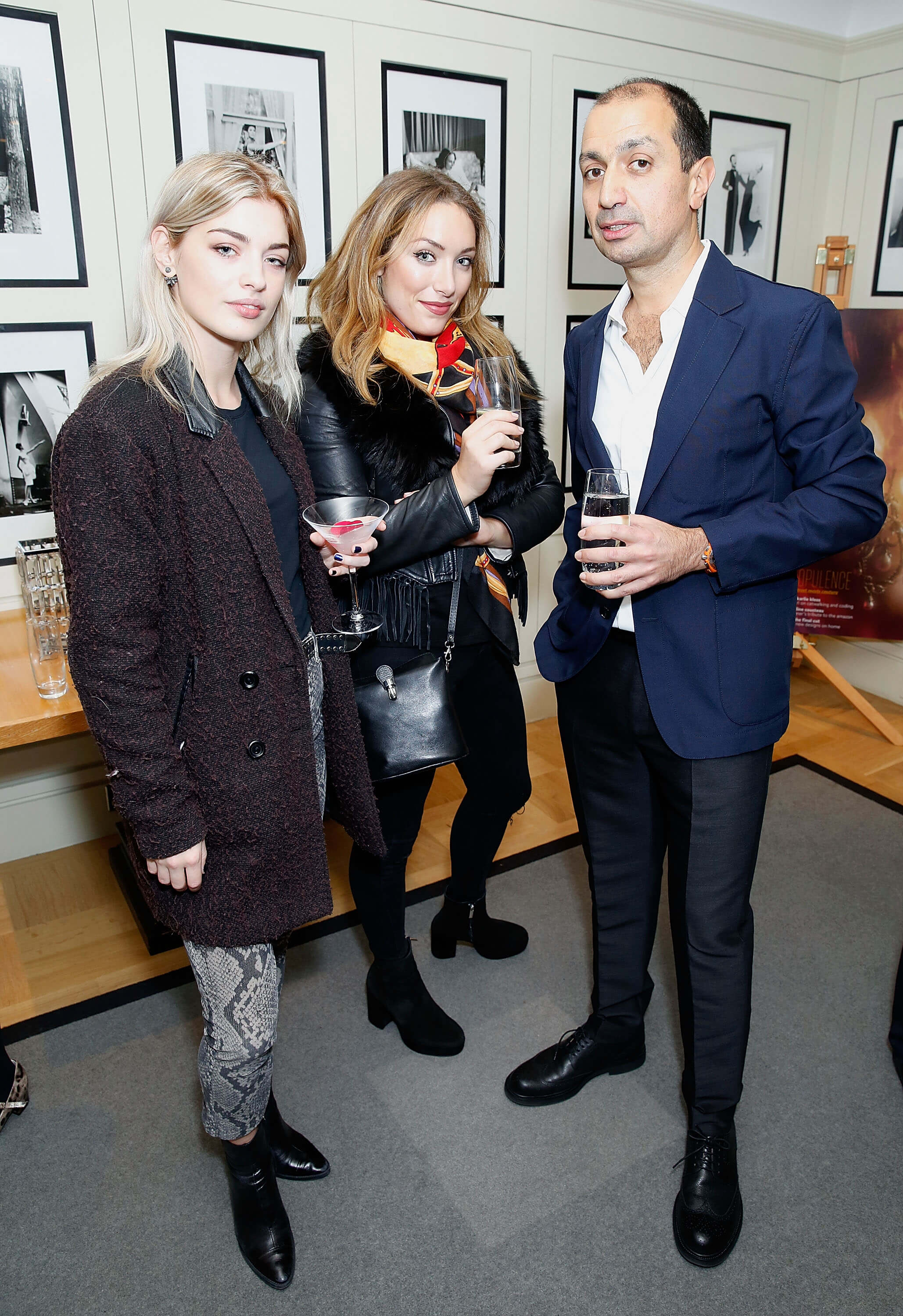

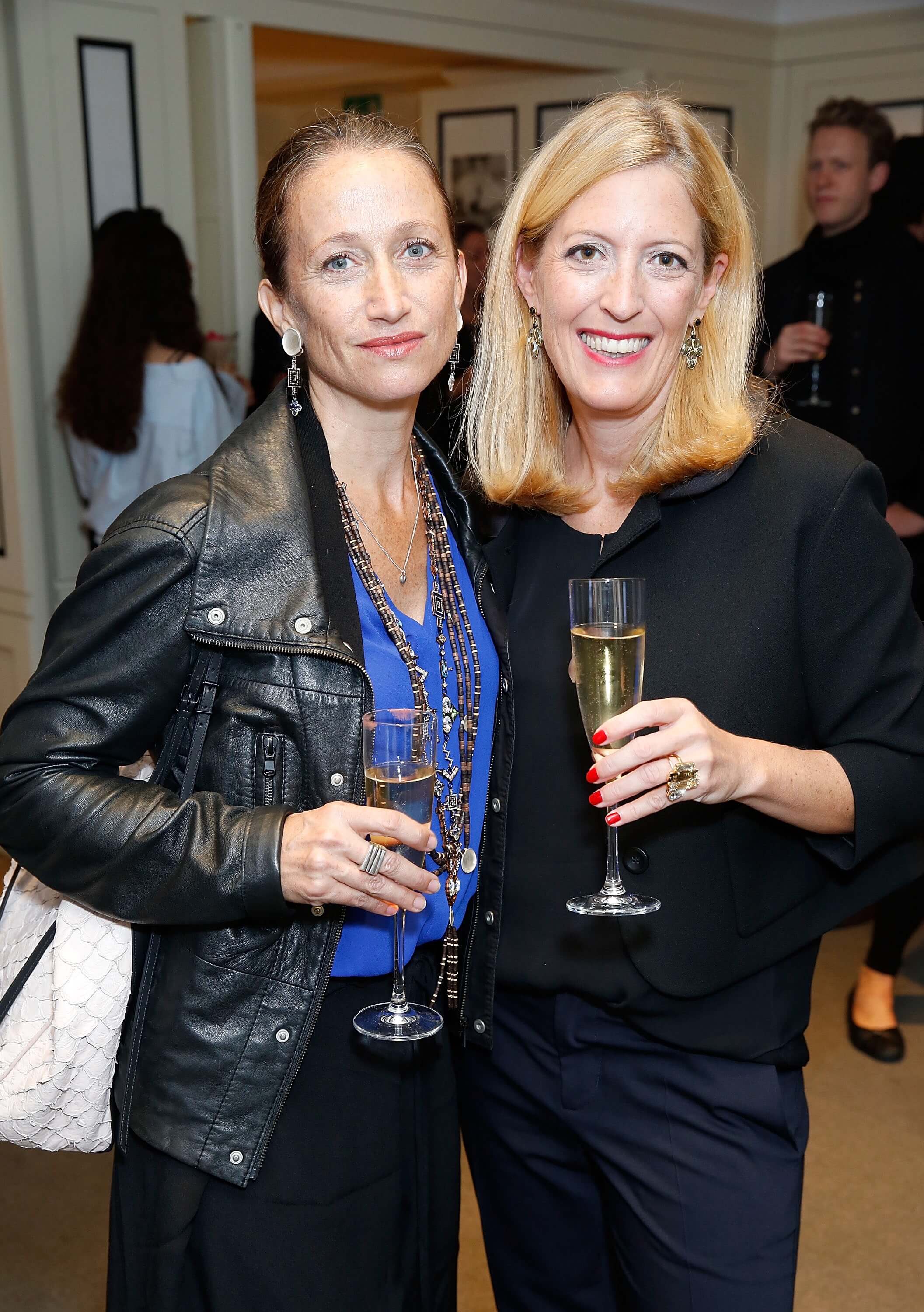








Recent Comments